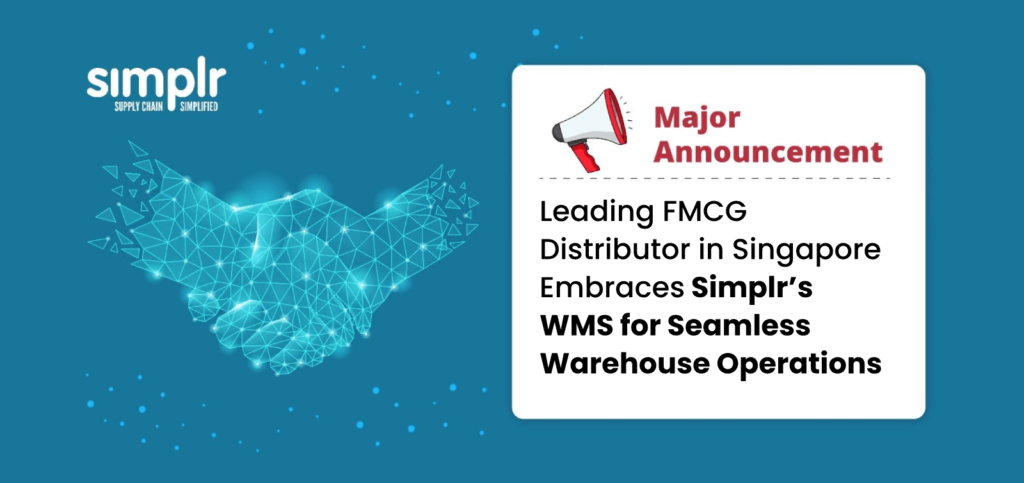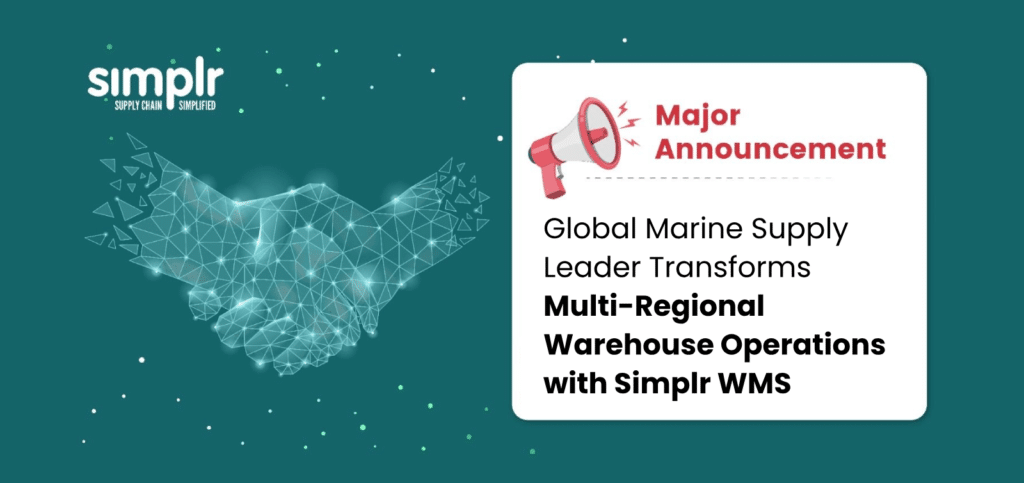As the FMCG sector evolves, understanding key revenue trends and leveraging technology are crucial for maintaining competitiveness. Ramas Balasubramanian, Co-Founder & Director at Simplr, shares insights into the dynamic FMCG landscape, the revenue trends shaping it, and how technology is transforming operations.
Key Channels in the FMCG Sector
According to Ramas, the FMCG sector primarily operates through three channels: traditional trade, modern trade, and online sales.
Traditional Trade: This includes mom-and-pop shops, independent retailers, and local chains. In many emerging markets, traditional trade accounts for a significant portion of FMCG sales due to its deep penetration in rural and semi-urban areas.
Modern Trade: Comprising supermarkets, hypermarkets, and large retail chains, modern trade is more prevalent in urban centers and developed markets. For example, in countries like Singapore, modern trade dominates, contributing up to 80% of FMCG sales, while in markets like the Philippines or Indonesia, traditional trade still holds a larger share.
Online Sales: With the rise of e-commerce, FMCG companies are increasingly investing in online channels, either through their own platforms or by partnering with online retailers. This channel is growing rapidly, driven by consumer convenience and expanded internet access.
Challenges in FMCG Distribution
Ramas highlights several challenges in the FMCG distribution landscape:
High Costs of Servicing Traditional Trade: Covering numerous small stores often results in higher costs and lower revenue per delivery. FMCG companies face challenges in ensuring efficient coverage and managing costs while maintaining a robust distribution network.
Complex Distribution Networks: In many markets, FMCG distribution involves multiple layers of wholesalers and sub-distributors. This complexity can lead to inefficiencies and higher costs.
Inventory Management: Ensuring the right inventory levels across all distribution points is crucial. Overstocking can lead to waste, especially with perishable goods, while understocking can result in lost sales opportunities.
Technology as a Solution
Simplr is addressing these challenges through its integrated distribution management solutions. By leveraging technology, Simplr helps FMCG companies optimize their distribution networks and enhance sales productivity.
- Sales Force Automation: Siimplr’s SFA tools enable sales representatives to be more productive by automating routine tasks and providing them with data-driven insights. For instance, when visiting a store, a salesperson is automatically prompted with suggested orders based on historical data, current promotions, and stock levels.
- Geo-fencing and Route Optimization: Simplr utilizes geo-fencing to ensure sales representatives visit designated stores and follow optimized routes. This reduces travel time, increases the number of stores covered, and ensures better service.
- Data-Driven Decision Making: With its AI-powered analytics, Simplr provides insights into sales performance, inventory levels, and customer behavior. This helps FMCG companies make informed decisions, such as adjusting product assortments or planning promotions.
Emerging Trends and Revenue Opportunities
Ramas points out several emerging trends in the FMCG sector that are shaping revenue opportunities:
Omni-Channel Strategies: As the lines between physical and digital retail blur, FMCG companies are adopting omni-channel strategies to reach consumers wherever they shop. Simplr helps manage this complexity by providing tools that integrate both online and offline sales channels.
New Product Innovations and Segments: FMCG companies are continuously innovating, launching new products, and entering new market segments. For example, a diaper manufacturer expanding into pet diapers represents a novel approach to product diversification. Simplr’s flexible platform supports such innovations by adapting to new distribution requirements.
Advanced Analytics and AI: The use of AI for predictive analytics is transforming how FMCG companies manage their supply chains. By forecasting demand more accurately, companies can optimize inventory levels, reduce waste, and improve profitability.
Looking Ahead: The Future of FMCG with Simplr
Ramas envisions a future where technology continues to play a pivotal role in transforming the FMCG sector. Simplr is investing in advanced technologies like AI, voice-enabled interfaces, and virtual reality to further enhance its offerings. These innovations aim to provide deeper insights, improve sales efficiency, and offer a seamless experience across all channels.
In conclusion, as FMCG companies navigate a rapidly changing market, leveraging technology and understanding key trends will be crucial for success. With solutions like those offered by Simplr, companies can enhance their distribution capabilities, reduce costs, and ultimately drive growth.



